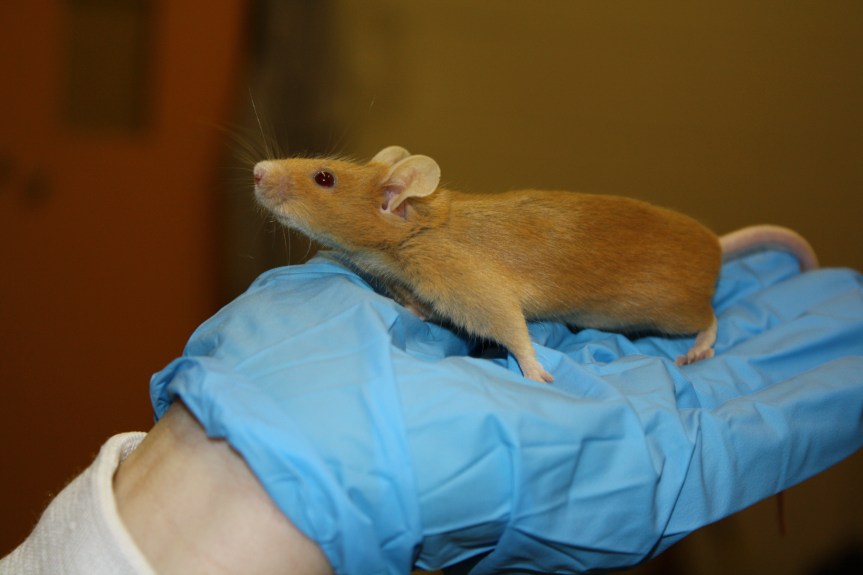The Netherlands Food and Consumer Product Safety Authority (Nederlandse Voedsel- en Warenautoriteit, NVWA) have produced statistics showing the number of procedures carried out on animals in 2014.
The total number of procedures carried out on animals in 2014 was 563,769 procedures, up 25% from 2013.

Mice, rats, birds and fish are the most commonly used animals, together accounting for over 90% of all procedures – this is similar to the figures found in many other EU countries. Dogs, cats and primates together account for less than 0.3% of all procedures in the Netherlands.

This year was also the first year where there was retrospective assessment and reporting of severity (i.e. reporting how much an animal actually suffered rather than how much it was predicted to suffer prior to the study). The report showed that 78% of procedures were classed as mild, 17% as moderate, 2.7% as severe, and 2% as non-recovery, where an animal is anaesthetised for surgery, and then not woken up afterwards.

Here is some other interesting information provided by the annual statistical release.
- The Dutch statistics include animals which have been harvested for organs/tissues/etc, but not otherwise used in a procedure. This accounted for 57,258 animals, of which over 97% were mice, rats or fish.
- A little over 25% of the animals were genetically modified, most of which were mice.
- Anaesthesia was not used in 67.3% of procedures because it was unnecessary, it was used in 30.9% of procedures where it was needed, and the remaining 1.9% was procedures where anaesthesia was not applied because it would disrupt the study.
- The main purpose of research was applied research (32.1%), followed by fundamental scientific research (27.6%), toxicology and safety testing (25.8%), breeding (10.5%) and finally education (3.2%).

It is important to note that this year the Dutch authorities have changed their statistical reporting to fit with new EU regulations. According to the report:
The change of registration methodology is a big adjustment for both the NVWA and the licence holders. The licence holders have adjusted their registration systems or in some cases have even completely replaced them with new systems. The institutes have cleaned up their systems, which made a few licence holders conclude of some animal research dossiers that these data had not been correctly reported in previous years. They have reported these experiments in 2014, which has led to an increase in experiments that were counted in this reporting year. This has resulted in approximately 25,000 extra experiments.
Speaking of Research seek to be the best source of information on the internet on animal research and testing statistics. Unfortunately language barriers mean that we often find it hard to get statistics from non-English speaking countries. If you speak multiple languages and are able to help us out finding the statistics from other countries we would be very grateful. See more here.
